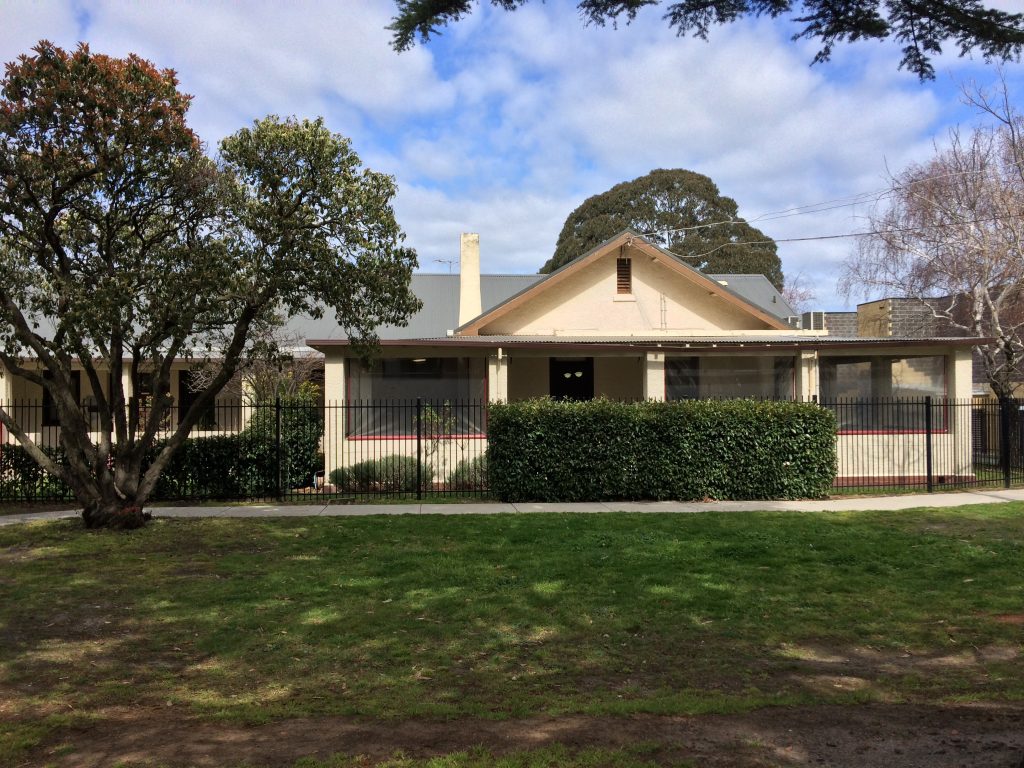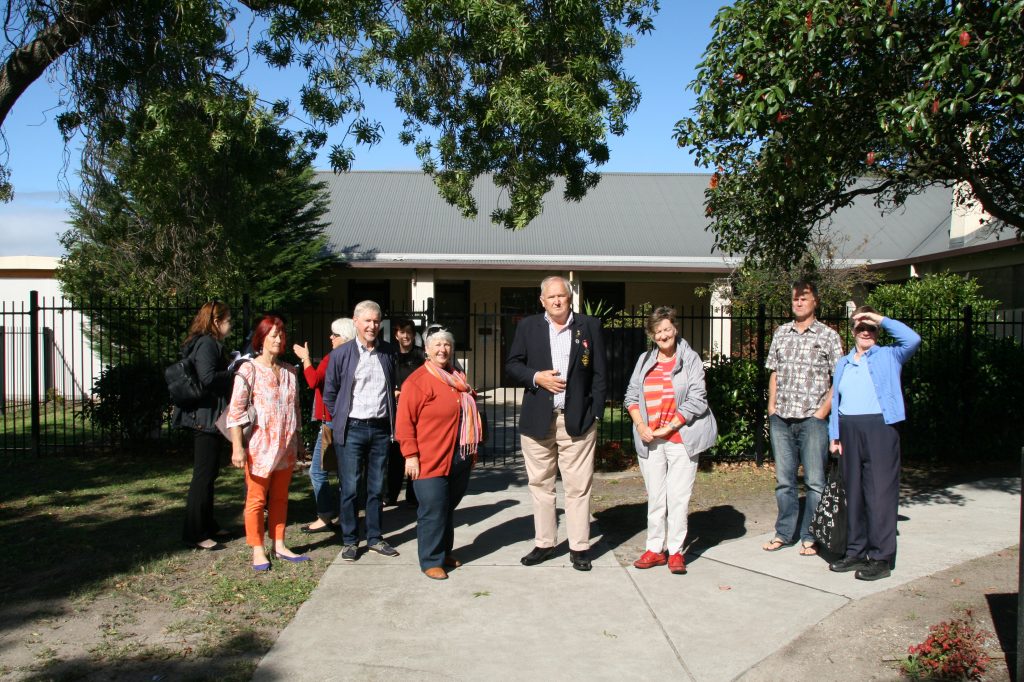Former Red Cross Rest Home in Caulfield added to Victorian Heritage Register after 2-year campaign

Back in 2015, the National Trust became aware of a permit application that proposed the complete demolition of a former Red Cross Rest Home in the grounds of the Former Caulfield Repatriation Hospital (260-294 Kooyong Road, Caufield). Constructed in 1916, the Rest Home was purpose built to house injured soldiers returned from war, representing a unique and tangible reminder of Victoria’s World War I history and heritage. Based on an assessment of the site’s cultural heritage significance, the National Trust lodged a formal objection to this permit application. To read our object in full, click here, and to read more about the history of the site, click here.
After it was nominated to the Victorian Heritage Register by the Glen Eira Historical Society, the National Trust was disappointed to learn that the lessee of the site, HammondCare, had lodged an appeal against the inclusion of the Red Cross Rest Home on the State Register, arguing that statutory listing would place constraints upon the future development of the buildings services and facilities. Following the appeal, a hearing was held in late-2016 by the Heritage Council to consider submissions from HammondCare, the National Trust, Glen Eira Historical Society and others, and late last week we were informed that the Heritage Council has upheld the decision to include it on the register as a place of significance to the state of Victoria.
Under ‘Why is it Significant’, the endorsed citation for the property reads as follows:
The Former Cross Rest House is historically significant as an intact remnant of Victoria’s primary World War I (1914-18) Repatriation Hospitals. Officially opened as the Australian General Hospital No.11 (AGH No.11) in April 1916, the Former Caulfield Repatriation Hospital was initially located in the Glen Eira Mansion (now demolished) and additional buildings were constructed within the grounds during the war to meet growing demand. Between 1917 and 1919, the hospital accommodated an estimated 19,800 admissions, and between 1916 and 1919 the complex of buildings at the Caulfield Hospital provided rest and recreation for approximately 30,000 men.
The Former Red Cross Rest House, a surviving element of the Former Caulfield Repatriation Hospital, demonstrates the profound and ongoing impact of World War I on returned service people, their families and the wider Victorian community, and the involvement of that community in the establishment of repatriation facilities for returned service people during and after World War 1.
The Former Red Cross Rest House is uncommon as a purpose-built World War I Red Cross Rest House in Victoria and remains as tangible evidence of theRed Cross’s comprehensive program of establishing Rest Homes and Rest Rooms to provide repatriation and convalescent services to support soldiers during and after World War I.
The Former Red Cross Rest House is historically significant for its association with the Australian Red Cross. The Red Cross is one of Australia’s largest and oldest non-government voluntary organisations. Established in August 1914, the Red Cross attracted hundreds of thousands of patriotic volunteers, predominantly women, who mobilised to support service personnel overseas and returning to the home front during and after World War I. Shortly after the opening of Caulfield Hospital, the Red Cross established a ‘Rest Home’ the Red Cross Rest House, which provided a cheery home- like environment for patients, particularly those who had travelled from across the state, to convalesce in the care of Red Cross Voluntary Aid Detachment workers. Having establishing the Former Red Cross Rest Housein 1916 to provide repatriation services and care to returned service people during and after World War 1,the Red Cross was directly associated with the Former Red Cross Rest House for approximately 60 years.
This decision sets an important precedent for the recognition of places of historic and social significance, and while HammondCare’s proposed aged care development will proceed, continuing the legacy of care on the site, the Rest Home will be protected, with a permit required to alter or demolish it. To read the determination of the Heritage Council in full, please click here.



+ There are no comments
Add yours